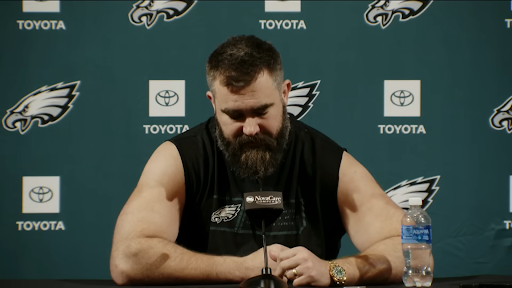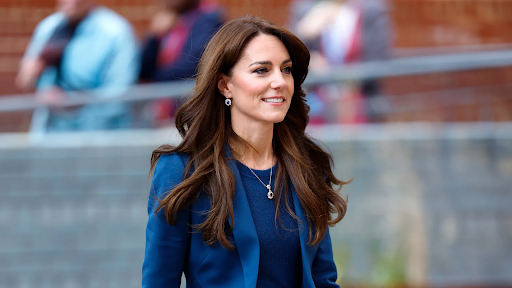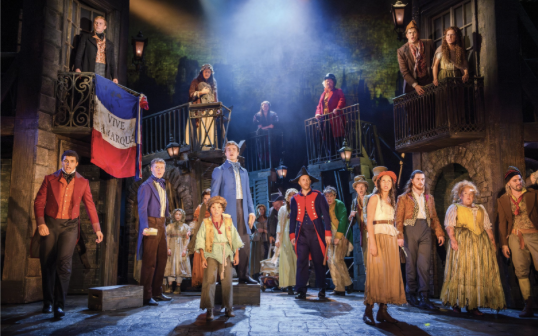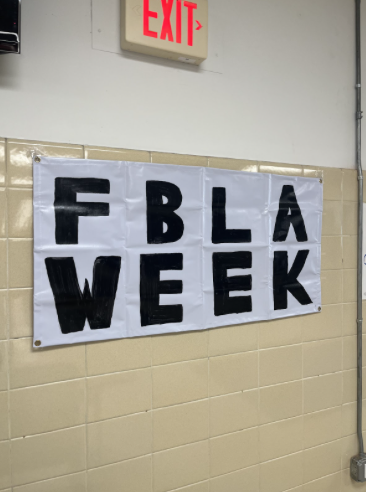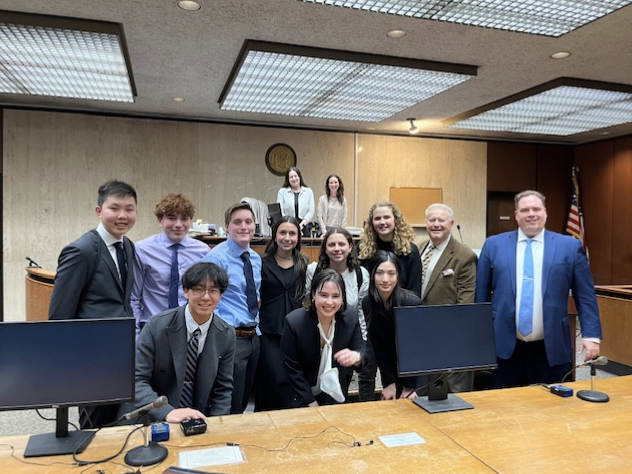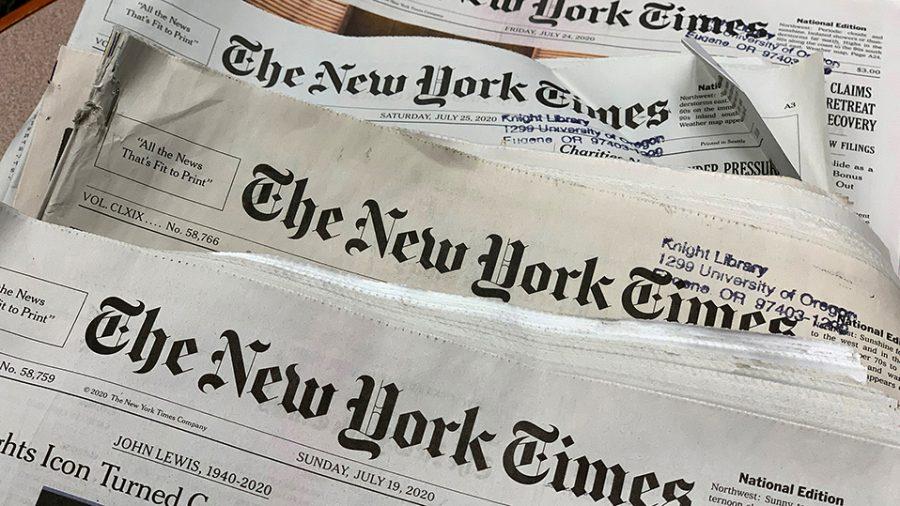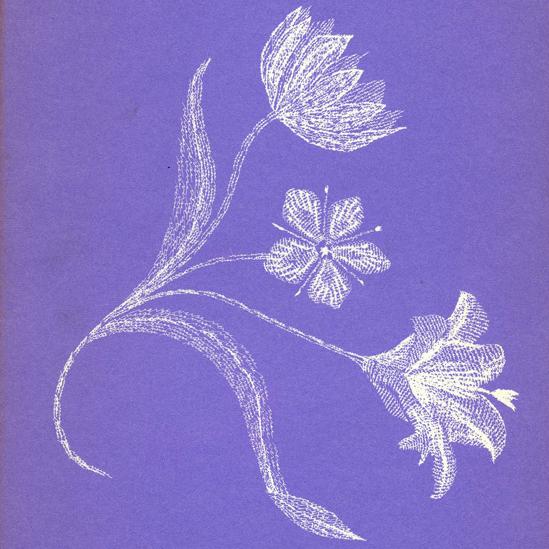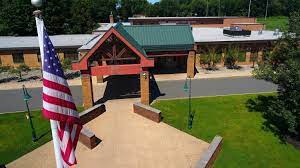Politics in the United Kingdom (U.K.) and around the world changed in May 1979: Margaret Thatcher was appointed to the position of British Prime Minister, the first woman to hold this position. Under her leadership, the U.K. progressed forward in the global political spectrum.
A member of the Conservative Party, Thatcher took aggressive stances on big issues in the U.K. at the time. Serving from 1979 to 1990, Thatcher tackled trade unions, industry, and unnecessary spending. Through her three terms, Thatcher was dubbed the “Iron Lady,” for her aggressive, unwavering commitment to the tough issues.
Born in 1925, Thatcher was introduced to politics by her father, who was on the town council in Grantham, England. She attended grammar school and a girls’ high school, before being accepted into Oxford University, where she studied chemistry. While in college, Thatcher became politically active, serving as the president of the university’s Conservative Association. She earned her chemistry degree in late 1947 and began work as a research chemist.
Two years later, in 1950, Thatcher began her political career by running for the Dartford parliamentary seat. At the time, this seat was held by the liberal Labour party, and she was defeated. She ran again the following year, only to come away in defeat again. Later in 1951, she married Denis Thatcher. In 1952, Thatcher began to study law, putting her political agenda aside. In 1953, she gave birth to twins, Carol and Mark. In 1953, Thatcher completed her training in law and became a lawyer. However, she would move back into politics within the decade.
In 1959, Thatcher won a seat in the British House of Commons, representing Finchley. A rising political star, she was appointed as the parliamentary under-secretary of pensions and national insurance in 1961. When the Labour Party took office, Thatcher became part of the “Shadow Cabinet,” a group of officials who would hold cabinet offices if their party was in power. In June 1970, the Conservatives returned to office, and Thatcher was appointed Secretary of State for education and science. One of her most famous actions in this office earned her the nickname “Thatcher, milk snatcher” after she ended the free milk program in the schools. In 1973, Thatcher declared in a television interview that “I don’t think there will be a woman prime minister in my lifetime.” The following year, she began her journey to prove herself wrong.
In 1974, the Conservative Party lost power once again in England, but Thatcher became a dominant force in the party. In 1975, she was elected the leader of the Conservative Party. She became the first woman to serve as the opposition leader in the House of Commons. During this time, England was going through an economic recession, with the government nearly bankrupt. The instability was blamed on the Labour Party and resulted in the Conservatives gaining power once again in 1979. As her party’s leader, Thatcher made history in May, becoming the first woman to serve as the Prime Minister of the U.K.
When she took office, her first priority was to steer the nation out of economic turmoil by raising interest rates to discourage inflation, and by destroying many of the traditional industries. She took on the labor unions, especially the miner’s union. She privatized major industries, including public transportation and social housing. One of Thatcher’s biggest allies during this time was American President Ronald Reagan, also a conservative. They shared main ideals, including the right-wing, pro-corporate philosophy.
During her first term, Thatcher had to deal with a major military disruption in South America. Argentina invaded the Falkland Islands, a string of islands off the coast of Argentina. The two countries had quarreled in the past, but Argentina chose to take military action in 1982. Thatcher sent British troops to the islands to regain control, and Argentina surrendered three months later. In her second term, she handled numerous domestic and international crises, the largest being the attempt on her own life. In 1984, the Irish Republic Army planted a bomb at the Conservative Conference, meant to kill Thatcher. The assassination plot failed, and Thatcher insisted that the conference continue as scheduled. She also took a huge step in British-Soviet relations in 1984, when Thatcher met with Soviet leader Mikhail Gorbachev. Also in 1984, Thatcher signed an agreement with China, outlining the future of Hong Kong, as the 99-year lease was to expire in the coming years. Finally, Thatcher expressed a tremendous amount of support for U.S. President Reagan’s air raids on Libya in 1986, allowing the U.S. forces to use British air bases to carry out the attacks.
Thatcher’s third term began in 1987, and her main goal was to implement a national standard curriculum in the schools, and make changes to the socialized medical system. However, support for her and her party dwindled in the late 1980s due to her push for a fixed local tax, which many citizens saw as a poll tax. These aggressive policies led to public protests. On November 22, 1990, Thatcher announced that she would resign the office of Prime Minister. Six days later, on November 28, Margaret Thatcher left her offices at 10 Downing Street for the final time.
In 1992, Thatcher was appointed to the House of Lords, as Baroness Thatcher of Kesteven. She authored two books, The Downing Street Years in 1993 and The Path to Power in 1995. These books offered insight into her experiences as a world leader and a woman in politics. In 2002, she published the book Statecraft about international politics.
Thatcher’s health began to deteriorate in 2003, when she suffered numerous small strokes. Later in the year, she lost her husband of more than fifty years. Then, in 2004, she lost one of her closest friends, Reagan. Via satellite video, Thatcher delivered the eulogy at Reagan’s funeral. She celebrated her 80th birthday in 2005, an event attended by Queen Elizabeth II and then-Prime Minister Tony Blair. In 2007, a sculpture of Thatcher was presented in her honor in the House of Commons. In 2010, Thatcher missed her 85th birthday celebration, hosted by Prime Minister David Cameron, due to poor health. Thatcher was admitted to the hospital in November 2010 for a muscle condition, and was released two weeks later. In her final years, Thatcher missed numerous events, including the wedding of Prince William and the unveiling of a statue of Reagan in London. In July 2011, Thatcher’s office in the House of Lords was closed, marking the end of her public life.
Thatcher died on April 8, 2013, at the age of 87, in England. She suffered a stroke while at the Ritz Hotel in London. Her funeral on Wednesday of that week, was attended by dignitaries such as Queen Elizabeth II. The funeral, with full military honors, was held at Saint Paul’s Cathedral, followed by a private cremation.
As the U.K. and the world says goodbye to the first female British Prime Minister, a strong woman, dedicated to her work, politics around the world continuing to change. Many speculate that former U.S. Secretary of State Hillary Clinton is eyeing a run for the Presidency in 2016, as countries around the world are also beginning to see female leaders. The “Iron Lady” left a mark on global politics, a mark that will never be forgotten.
The United Kingdom says goodbye to the Iron Lady
April 26, 2013
Donate to The Caldron
Your donation will support the student journalists of James Caldwell High School. Your contribution will allow us to purchase equipment and cover our annual website hosting costs.




